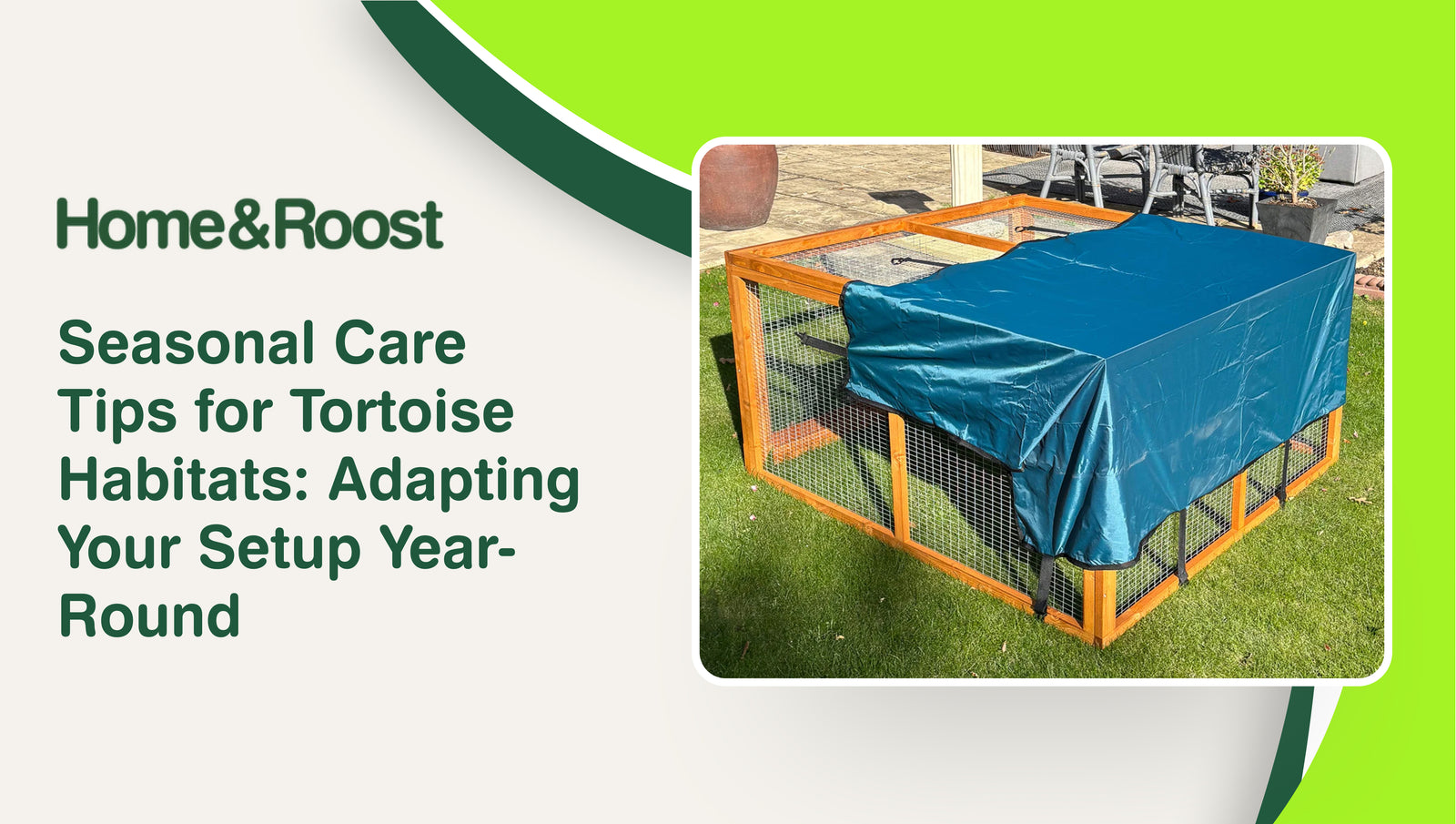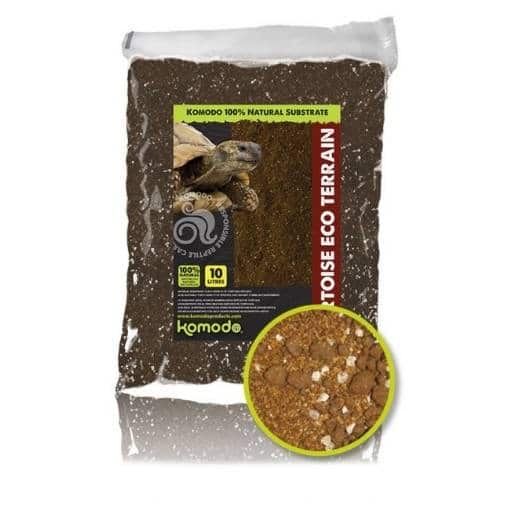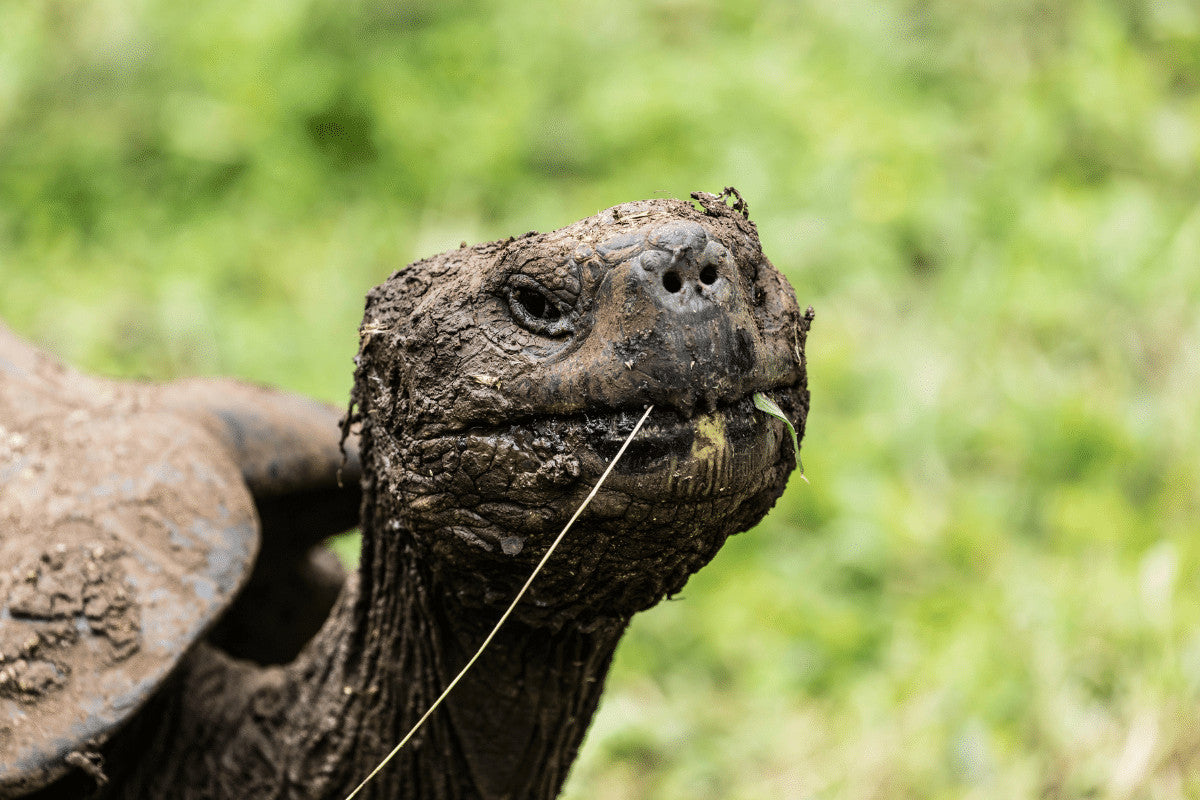Caring for your tortoise throughout the year means adapting their habitat to changing seasons. Let's explore how to keep your shelled friend happy and healthy all year long, just like they would be in their natural environment.
Key Points for Seasonal Tortoise Care
- Adjust temperature and lighting to mimic natural habitat changes
- Provide proper hydration, especially in summer
- Adapt diet based on seasonal availability
- Prepare for hibernation if applicable to your species
- Maintain consistent UVB lighting and substrate year-round
- Monitor health regularly and adjust care as needed
Spring: Awakening and Habitat Preparation
As spring arrives, it's time to prepare your tortoise's habitat for increased activity. For hibernating species, post-hibernation care is crucial. Gradually increase the temperature and lighting in your tortoise's enclosure to mimic natural conditions. This helps stimulate their appetite and activity levels. Aim for a basking spot temperature of around 95°F (35°C) and a cooler area of about 75-80°F (24-27°C) to allow for thermoregulation.
Spring is also a great time to reassess your tortoise's diet. Introduce fresh, seasonal greens and flowers to provide variety and essential nutrients. Dandelions, clover, and hibiscus flowers are great springtime treats. Remember to dust their food with calcium supplements twice a week, especially for growing tortoises. This is important for proper shell and bone development.
Consider upgrading your tortoise's enclosure to accommodate their increased activity. A spacious tortoise table provides plenty of room for exploration and basking. Ensure it's at least 4 times the length of your tortoise and 2 times their width. Don't forget to add some tortoise accessories to enrich their environment. Items like hiding spots, climbing structures, and natural rocks can help stimulate natural behaviors and provide mental enrichment.
Summer: Managing Heat and Hydration
Summer brings warmer temperatures, which can be challenging for tortoises. It's important to provide cool spots and shade in outdoor enclosures. A day dry tortoise run shade is perfect for this purpose, offering protection from the intense summer sun. Make sure at least 30-40% of the enclosure is shaded to prevent overheating.
Proper hydration becomes even more important during hot weather. Ensure your tortoise always has access to fresh, clean water. You might need to increase the frequency of water changes and misting to maintain adequate humidity levels. For desert species, aim for a humidity level of 40-50%, while tropical species may need 60-80% humidity. A shallow water dish that allows for easy soaking can help with hydration and thermoregulation.
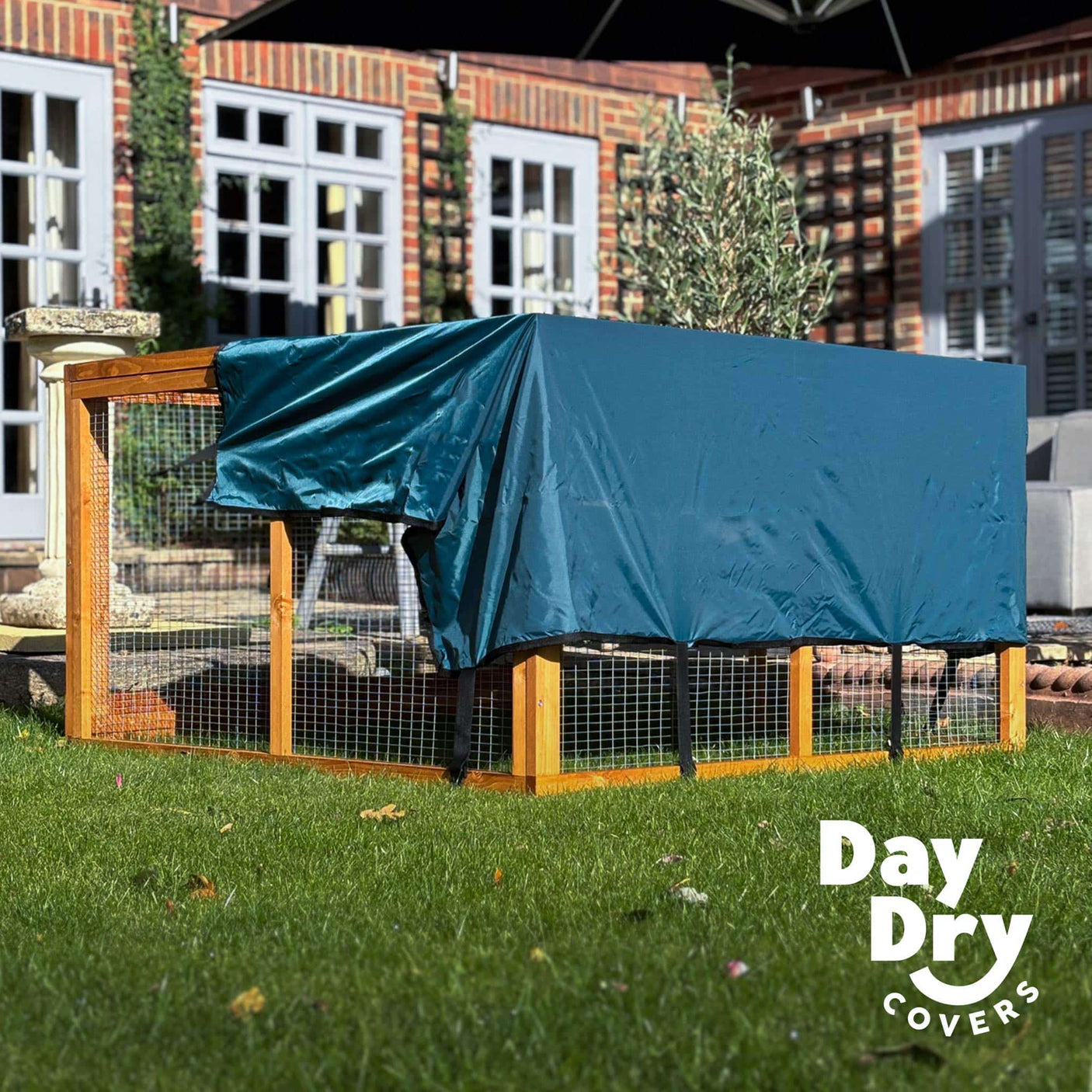
Adjust your tortoise's diet for summer by offering water-rich foods like cucumber and melon in moderation. However, remember that the bulk of their diet should still consist of appropriate greens and grasses. Learn more about what tortoises eat to ensure a balanced diet year-round. Summer is also a great time to offer occasional treats like prickly pear cactus pads, which are both nutritious and hydrating.
Autumn: Preparing for Cooler Weather
As autumn approaches, it's time to start preparing your tortoise's habitat for cooler weather. For species that don't hibernate, you'll need to gradually reduce their outdoor time and adjust their indoor habitat. Start by decreasing the time spent outdoors by about 30 minutes each week, allowing your tortoise to get used to indoor living gradually.
If you have a hibernating species, autumn is crucial for pre-hibernation care. This includes adjusting their diet and slowly reducing temperatures to prepare them for their winter sleep. Begin reducing food intake about 2-3 weeks before the planned start of hibernation. An XL folding tortoise run can be useful during this transition period, allowing controlled outdoor access as temperatures drop. It provides a safe space for your tortoise to enjoy the last bits of outdoor time before winter sets in.
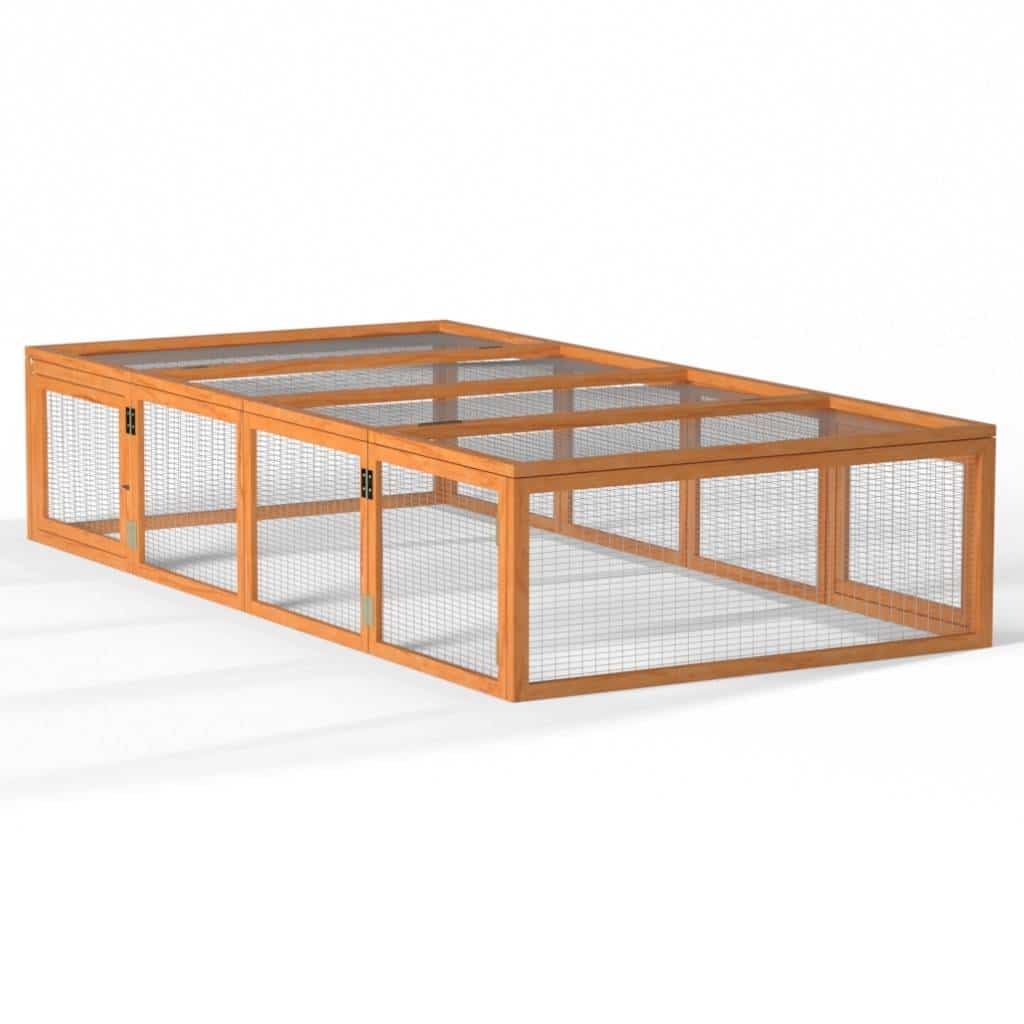
Don't forget to clean your tortoise's enclosure thoroughly before the winter months. This helps prevent the buildup of bacteria and ensures a healthy environment for your pet. Pay special attention to hiding spots and basking areas, as these are areas where bacteria can accumulate.
Winter: Indoor Care and Hibernation Considerations
Winter care varies significantly depending on whether your tortoise species hibernates. For non-hibernating species, maintaining proper indoor temperature and humidity is crucial. Use a combination of heating elements and UVB lighting to create a suitable environment. Aim to maintain a basking spot temperature of 95-100°F (35-38°C) and an ambient temperature of 80-85°F (27-29°C) during the day, with a slight drop at night to mimic natural conditions.
For hibernating species, follow proper hibernation protocols. This includes gradually lowering temperatures, reducing food intake, and providing a safe, cool place for your tortoise to sleep. The ideal hibernation temperature is usually between 41-50°F (5-10°C), depending on the species. Always check with a reptile veterinarian before attempting hibernation, especially for young or sick tortoises. Proper preparation and monitoring during hibernation are crucial for your tortoise's health and safety.
During winter, pay extra attention to your tortoise's substrate. Komodo Tortoise Eco Terrain is a good choice, providing a natural feel while helping maintain proper humidity. This substrate can hold moisture well, which is particularly important during the drier winter months. Learn more about how to set up a tortoise house for optimal winter care, including tips on insulation and heating placement.
Year-Round Habitat Essentials
Regardless of the season, some elements of tortoise care remain constant. Proper substrate selection and maintenance are crucial year-round. UVB lighting is essential for vitamin D3 synthesis and overall health, so ensure your setup includes appropriate lighting fixtures. UVB bulbs should be replaced every 6-12 months, even if they still appear to be working, as their UV output decreases over time.
Essential habitat accessories include hiding spots, basking areas, and feeding stations. A 6ft folding tortoise run can be a versatile addition to your setup, providing a safe space for supervised outdoor time when weather permits. This run allows your tortoise to experience natural sunlight and engage in natural behaviors like grazing and exploring, which are important for their physical and mental well-being.
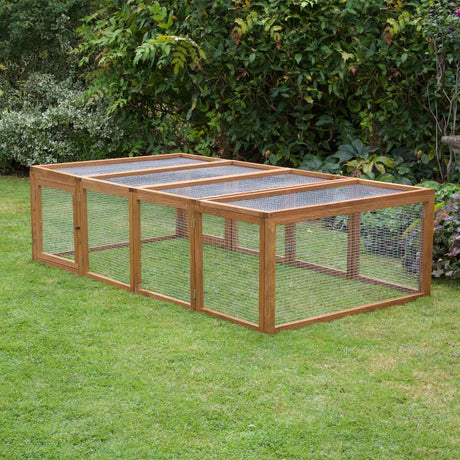
Remember, tortoises are not social animals. Learn more about tortoise social behavior to understand why it's often best to house them individually. While they may tolerate the presence of other tortoises, they don't seek out social interaction and can become stressed or aggressive when forced to share space.
Seasonal Diet Variations
Your tortoise's diet should change slightly with the seasons to mimic their natural feeding patterns. In spring and summer, focus on fresh, leafy greens and flowers. Offer a variety of edible weeds, grasses, and vegetables like dandelion greens, chicory, endive, and occasional treats like squash or bell peppers. As autumn approaches, you might need to supplement with commercial tortoise food to ensure they're getting all necessary nutrients. These prepared foods can help maintain a balanced diet when fresh options are less available.

During winter, non-hibernating tortoises may have a reduced appetite. Continue to offer food daily, but don't worry if they eat less. Maintain a consistent feeding schedule to encourage regular eating habits. For a special treat, consider offering a Komodo Tortoise Flower Snack Bar occasionally. These can provide additional nutrients and enrichment, especially during the winter months when natural food sources are scarce.
Health Monitoring Across Seasons
Regular health checks are important year-round. Watch for signs of respiratory infections in colder months, such as wheezing or nasal discharge, and dehydration during summer, indicated by sunken eyes or loss of skin elasticity. Monitor your tortoise's weight and shell condition regularly. Keep a log of your tortoise's weight, as sudden changes can be an early sign of health issues.
Remember, tortoises can live a very long time with proper care. Learn about tortoise lifespan to understand the long-term commitment of tortoise ownership. Some species can live for 50-100 years or more, making them a lifelong companion that may even outlive their owners.
Conclusion: Adapting for Year-Round Tortoise Health
Caring for a tortoise throughout the year requires attention to detail and a willingness to adapt. By adjusting your tortoise's habitat, diet, and care routine with the changing seasons, you can ensure they remain healthy and happy year-round. Remember, each tortoise species has unique needs, so always research your specific breed and consult with a reptile veterinarian for personalized advice.
With proper care, your tortoise can thrive in captivity, potentially living for decades. The key is to create an environment that mimics their natural habitat as closely as possible, adjusting for seasonal changes just as they would experience in the wild. By following these seasonal care tips and staying attentive to your tortoise's needs, you'll be well on your way to providing an excellent home for your shelled friend throughout the year. Regular check-ups with a reptile veterinarian, at least once a year, can help catch any potential health issues early and ensure your tortoise remains in good health across all seasons.
